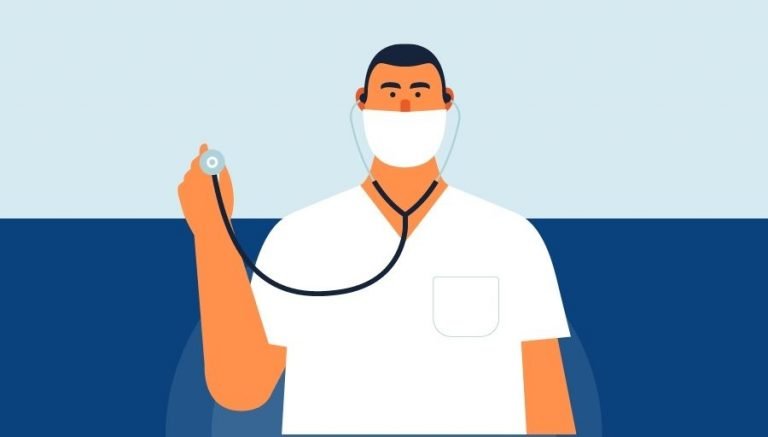ICD 10 CM S79.012S | Description & Clinical Information
ICD 10 S79.012S describes a specific type of fracture known as a Salter-Harris type I physeal fracture, which occurs in the upper end of the left femur and involves the growth plate, but does not extend through the joint surface or the widened area at the end of the femur, and is typically caused by sudden or blunt trauma during events such as falls, traffic accidents, child abuse, or sports activities, and this code is used to indicate an encounter for a sequela, which is a condition resulting from the fracture.
Official Description Of S79.012S
The ICD 10 CM book defines ICD 10 code S79.012S as:
Excludes1: chronic slipped upper femoral epiphysis (nontraumatic) (M93.02-)
Excludes1: apophyseal fracture of upper end of femur (S72.13-)
nontraumatic slipped upper femoral epiphysis (M93.0-)
When To Use S79.012S
The diagnosis describes by ICD-10-CM S79.012S is a specific type of fracture that affects the upper end of the left femur. This fracture is classified as a SalterHarris type I physeal fracture, which means that it occurs in the growth plate of the bone. It can result in a range of symptoms, including pain in the pelvis or buttocks area, swelling, bruising, deformity, warmth, stiffness, tenderness, difficulty standing or walking, restricted range of motion, muscle spasm, unequal length when compared to the opposite extremity, numbness and tingling due to possible nerve injury, and death of bone tissue due to lack of blood supply (avascular necrosis).
To diagnose this condition, healthcare providers will typically begin by reviewing the patient’s medical history and conducting a thorough physical examination. During the exam, they will assess the wound, nerves, and blood supply, and may also use imaging techniques like X-rays and MRI scans (with or without arthrography) to determine the extent of the damage. Laboratory examinations may also be performed as appropriate.
The treatment for undisplaced physeal fractures of the upper end of the femur typically involves gentle closed reduction and immobilization in a spica cast that encases the pelvis and upper legs. However, if closed reduction is unsuccessful or if the fracture is more serious (e.g., if it extends into the epiphysis and/or the metaphysis) then open reduction and additional surgery may be necessary.
In addition to these treatments, healthcare providers may also recommend medications like analgesics and nonsteroidal anti-inflammatory drugs (NSAIDs) for pain relief, corticosteroids for swelling and inflammation, muscle relaxants, and thrombolytics or anticoagulants to prevent or treat blood clots as healing progresses. Patients may also be advised to perform exercises and physical therapy to improve their range of motion, flexibility, and muscle strength.
It’s important to note that early diagnosis and treatment of this condition can help prevent more serious complications, such as permanent nerve or tissue damage. Patients who suspect they may have a SalterHarris type I physeal fracture of the upper end of the left femur should see a healthcare provider as soon as possible to receive an accurate diagnosis and appropriate treatment. Following their provider’s recommendations for ongoing care can also help patients achieve the best possible outcomes and minimize their risk of complications.




